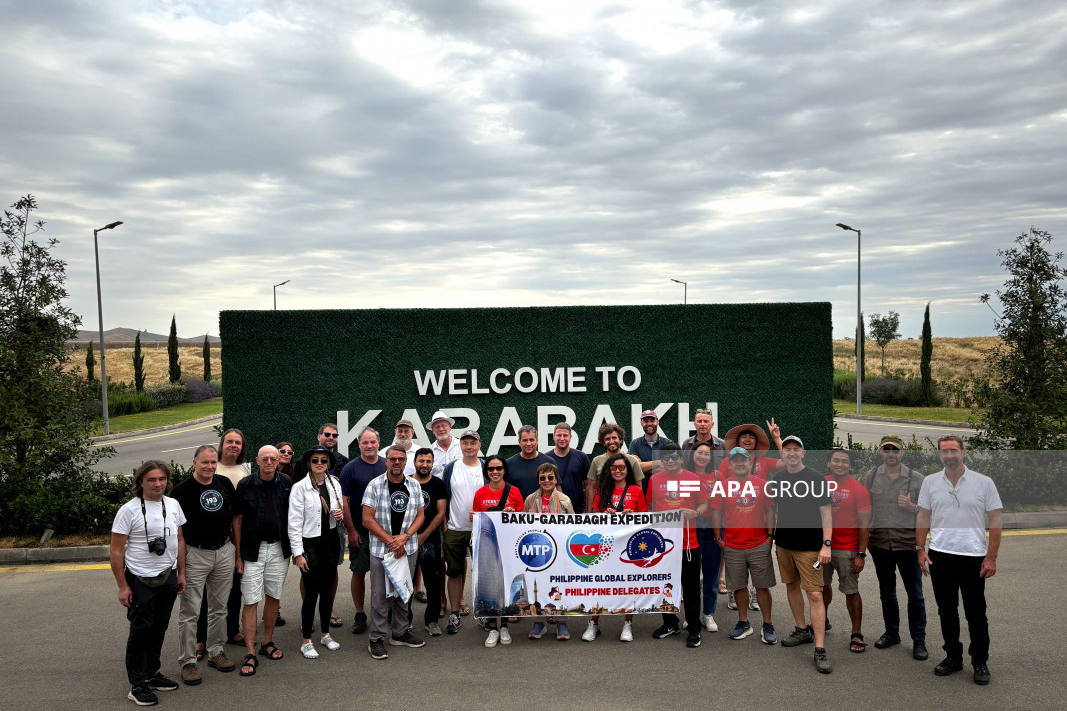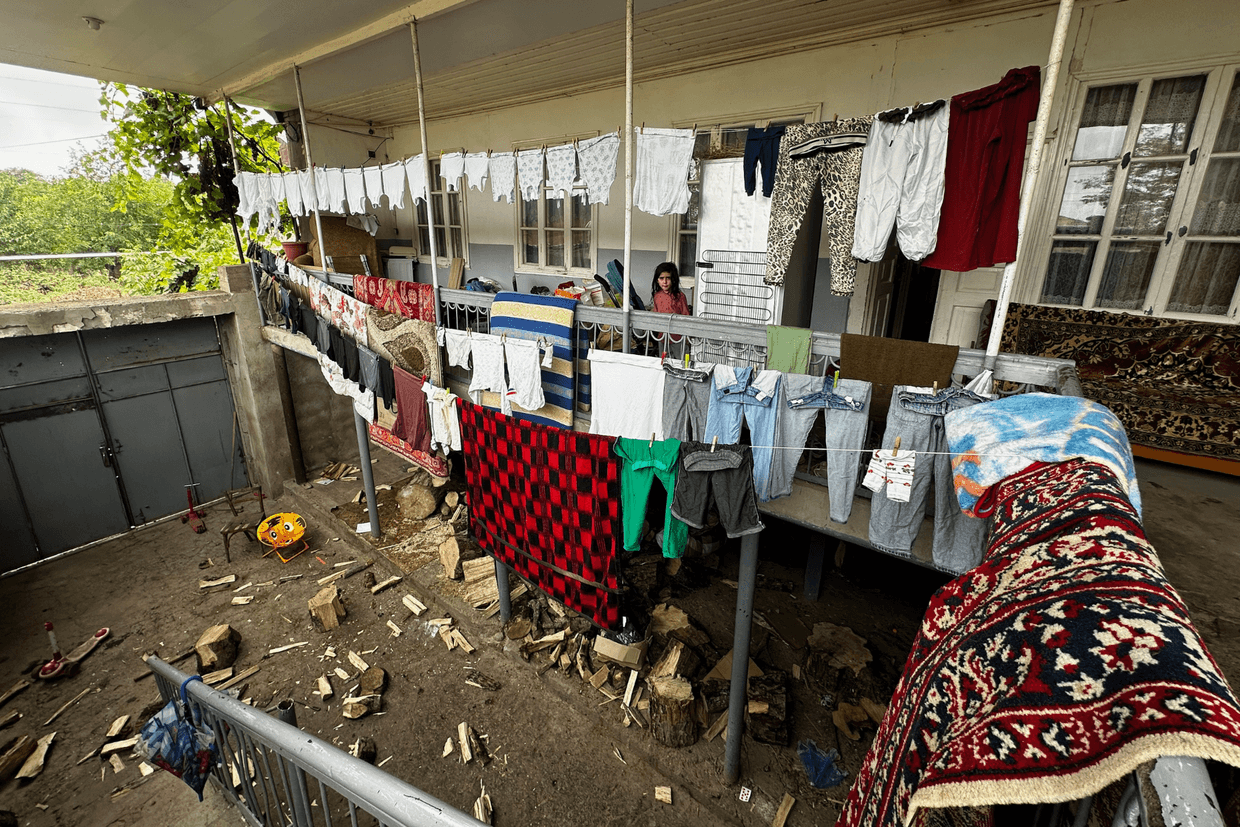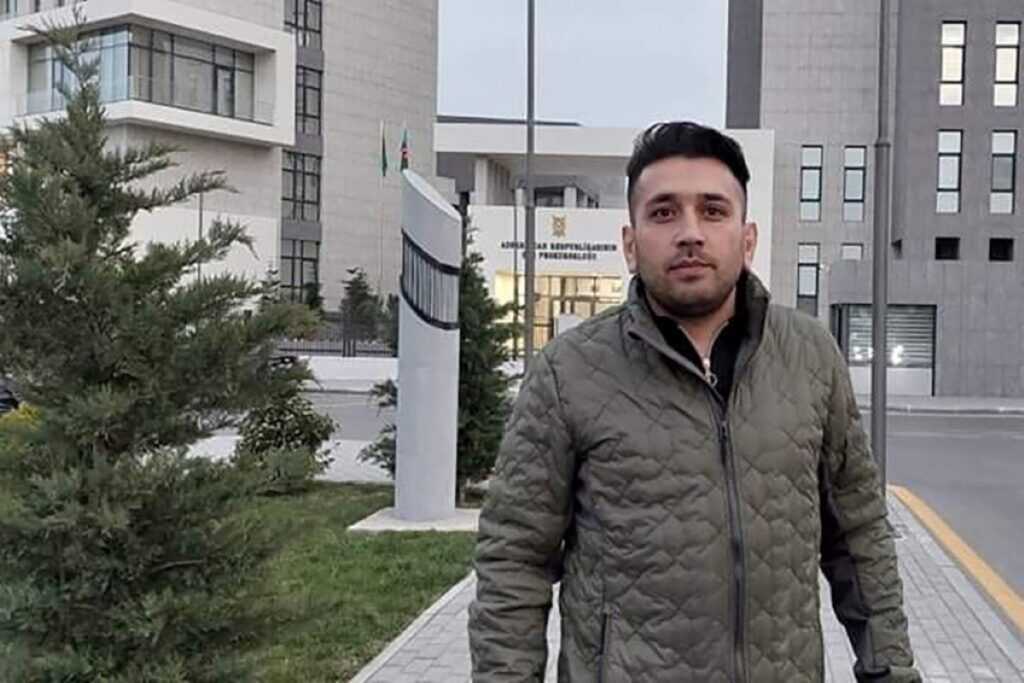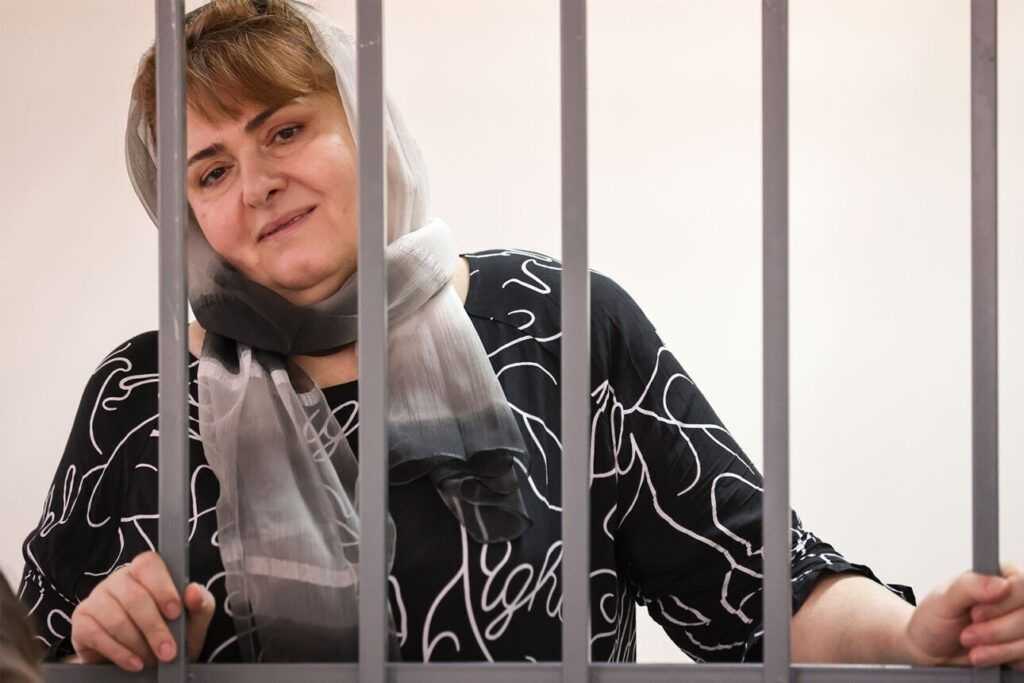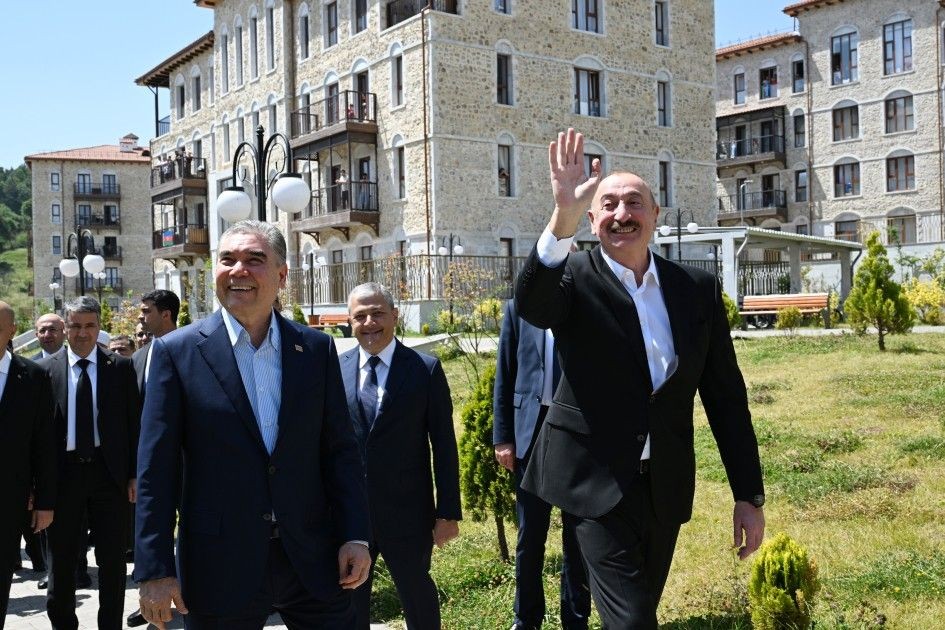
More than 500,000 people visited Nagorno-Karabakh and the surrounding areas in July, the Azerbaijani state-run media outlet Azertac has claimed.
In a post on Tuesday, the outlet said the figure included ‘not only returning locals and former IDPs, but also international tourists, entrepreneurs, investors, cultural figures, and media representatives’.
Azertac further claimed that ‘tourism has also become a key driver of economic growth in the region’.
A number of high-level foreign officials and leaders traveled to the region during July — stops to Nagorno-Karabakh have become a routine part of itineraries for visiting foreign dignitaries.
In addition, Azerbaijan hosted two international conferences in the region in July.
Azertac did not specify what percentage of the 500,000 were foreign tourists versus Azerbaijanis.
While it is not possible to make a direct comparison, because Azertac’s statistics did not distinguish between foreign and domestic tourists, the estimates of foreign tourism to the region when it was under Armenian control were significantly smaller.
In 2019, what appears to be the highest year for tourism on record, just shy of 42,000 foreign tourists visited Nagorno-Karabakh.
In the wake of Azerbaijan’s final assault on Nagorno-Karabakh in September 2023, the region was left almost entirely deserted following the mass exodus of its Armenian population to Armenia.
Since then, Baku has spent considerable effort promoting the area as a future site for tourism, investment, and development.
However, visiting Nagorno-Karabakh as a tourist is currently difficult — a subsidiary agency of Azerbaijan’s Tourism Board said that ‘large-scale reconstruction and restoration works are currently under way in the region, so it’s not yet open to tourists’.
It is only possible to visit the region by obtaining special permission from the government.
For ease of reading, we choose not to use qualifiers such as ‘de facto’, ‘unrecognised’, or ‘partially recognised’ when discussing institutions or political positions within Abkhazia, Nagorno-Karabakh, and South Ossetia. This does not imply a position on their status.
